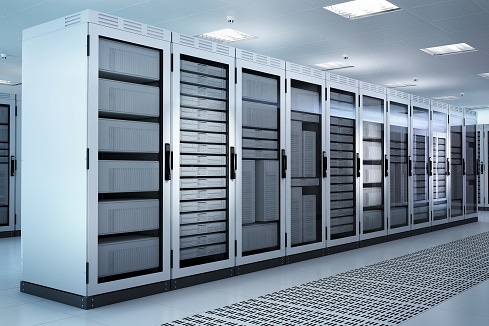The mainframe is experiencing a resurgence in growth, and mainframe applications remain critical for many organizations today, including within hybrid cloud environments.

With the overwhelming majority of enterprises utilizing a hybrid IT environment, it’s safe to say business today runs on the hybrid cloud. The practice of combining legacy systems, public cloud platforms, managed services and more drives business innovation and transformation.
Given the widespread embrace of cloud technology, is the mainframe still relevant?
Despite its power, reliability and security, the mainframe is often overlooked in favor of newer technology. Yet mainframes still handle more than 70% of IT workloads worldwide and mainframe use is actually increasing -- so the mainframe is more than alive and well.
Businesses that mistakenly view mainframes as “legacy” technology miss out on the opportunities the mainframe offers and can end up relying on IT infrastructure that isn’t conducive to -- or maybe even runs counter to -- their evolving business needs.
By identifying the mainframe’s unique capabilities and capitalizing on its strengths, you can better align your hybrid cloud infrastructure with your business needs today and in the future.
The Mainframe Continues To Meet Business Needs
The mainframe’s been around for a while, but it’s not “legacy tech.” Ninety percent of IT and business executives agree the mainframe is a growth platform and 80% of companies are focused on expanding their mainframe toolset. It’s clear: Organizations that recognize their core business needs to stay on the mainframe are investing in it.
Consider financial transactions. A person may use the ATM once a week, stopping by after work for a quick $20 bill. It can be a spur-of-the-moment trip or part of your normal routine. But when you multiply that by a few thousand users and all the other ATMs out there, you realize the average ATM is used over 300 times a month, annually, US ATMs process over 10 billion transactions.
With the financial services industry reporting an estimated $3 trillion flowing through mainframe systems daily, you cannot risk a security lapse. And often, the only option secure and reliable enough to maintain user and business safety is the mainframe. It’s agile and can process high volumes of data while remaining sensitive to privacy.
In addition to security, operational continuity is a factor for most organizations. From financial services to healthcare, some of the world’s largest industries run 24/7 operations and require systems that can handle their needs without delays or disruptions. A single attack can disrupt Americans’ daily life and put lives at risk. So, it’s likely your organization relies on its critical IT for far more than just storing data.
Deploying the Mainframe Within the Hybrid Cloud
Our world is more connected than ever, and businesses are evolving with it. The hybrid cloud brought collaboration across time zones and geographies, seamless data storage, and more affordable models for many organizations.
As your business adapts and evolves, the mainframe can play an important role in your hybrid cloud infrastructure. To optimize your hybrid cloud, there are several things you’ll need to consider.
Match the right application to the right platform. Evaluate the needs of your business: Are your programs high-volume, running 24/7? Do they process data for hundreds, even thousands of users a day? Investing in the mainframe can involve high upfront costs, so you need to determine whether it’s mission-critical for your organization.
Determine what level of security you need. One of the mainframe’s major benefits is security. What level of security does your business need to ensure regulatory compliance and consumer protections?
Consider whether an expert can help. The mainframe requires specialized experts to manage and maintain, and mainframe security architects know the z/OS platform better than anyone. They’re a critical part of any security team and strategy.
The mainframe isn’t a tool of the past -- it continues to set the industry standard for security and performance, and to disregard its value would be naïve. To stay ahead of the game, your organization needs to recognize the mainframe’s capabilities and take advantage of the opportunities it presents for modernization.
About the Author(s)
You May Also Like







